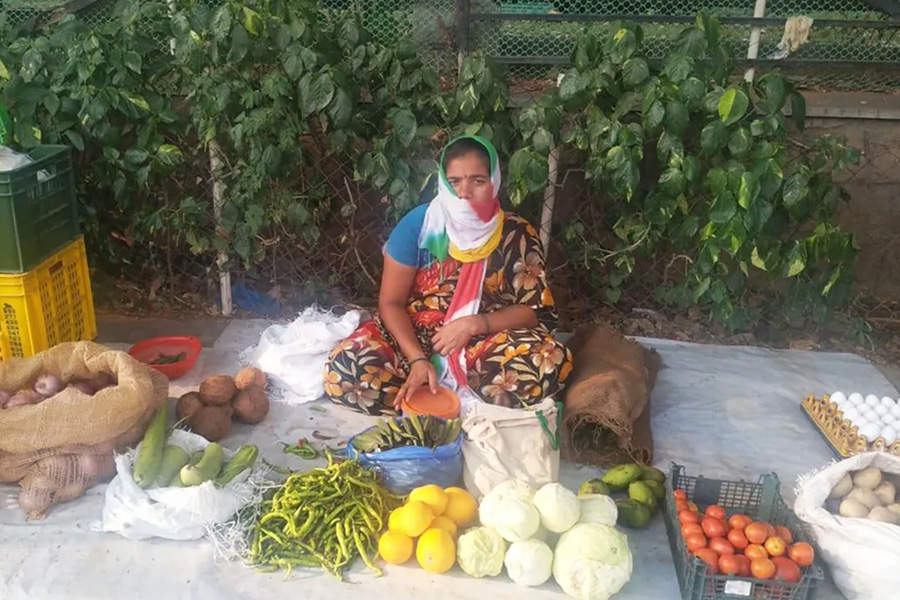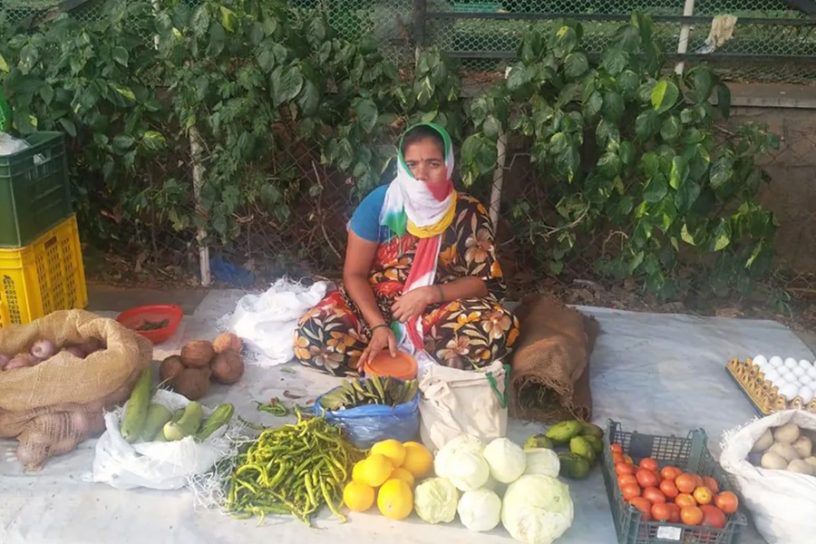
Theoretically, this paper contributes to gender and social policy discussions on women’s access to employment and related entitlements.
Author
Keerty Nakray, Associate Professor, Jindal Global Law School, O.P. Jindal Global University, Sonipat, Haryana, India.
Summary
Gosta Esping-Andersen (1990), in his ground-breaking book, Three Worlds of Welfare Capitalism, created a decommodification index to classify advanced capitalist countries into the liberal, conservative-corporatist, and social-democratic welfare regimes. One of the most common criticisms of Esping-Andersen’s typology by feminists such as Jane Lewis (1992) is that it is ‘male-centric’ and did not address women’s unpaid work with families.
Ann Shola Orloff (1993) has gone a step further in the criticism of Esping-Andersen’s typology by addressing women’s opportunity to paid employment and the capability to establish and run an independent households.
I originally used the framework to analyse the socio-legal dimensions of expenditure in MICs; in this paper, the decommodification index has focused on variables that are on the fiscal side.
Theoretically, this paper contributes to gender and social policy discussions on women’s access to employment and related entitlements. Empirically, it creates clusters of MICs into three based on latent class analysis and hierarchical cluster analysis of economic, social, and legal variables, such as availability of non-tax benefits to private child-care centres, provision of child-care services by the government; tax-deductible payments for child-care; provision of legal-aid for family and criminal issues.
Published in: Journal of Gender Studies
To read the full article, please click here.


